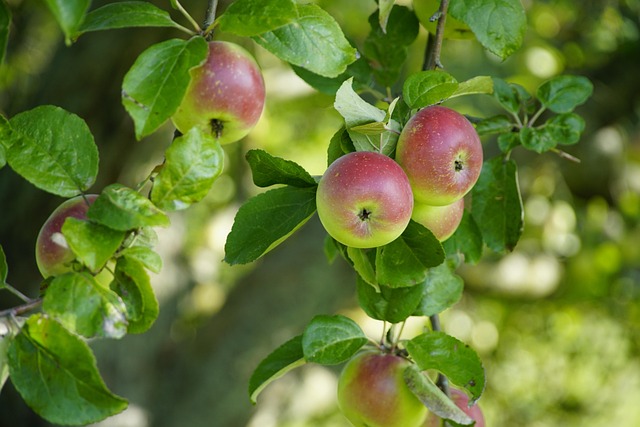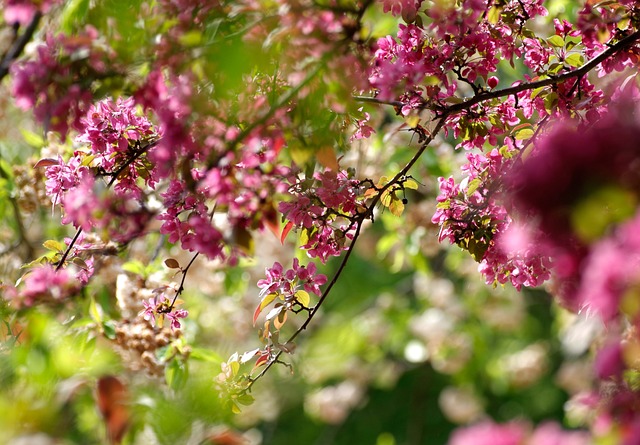
Can I cut the roots of my neighbour’s tree if they’re growing in my garden?
This time of year we’re spending a lot of time outdoors, it’s time for the extra room to come into play.
However, spending more time in our gardens often means noticing issues and wanting to spruce up the area – and one of this issues could be an overhanging neighbour’s tree.
Whether that’s because leaves and branches are destroying your conservatory roof, unwanted fruit is landing in your garden, or it’s creating unwanted shade.
But what are the rules on preventing this from happening?
If the tree is hanging over or in some cases, even growing in your garden, you could be well within your rights to simply cut the issue right back…
Potential fines
George Levett, Legal Expert at Conveyancing Solicitor says: “Cutting back your neighbour’s tree might seem harmless.
“But, without understanding the law, you could be opening yourself up to fines, legal action, or worse.
“Yes, you’re legally allowed to cut back branches or roots that encroach onto your property, but only up to the boundary, and only if you do so responsibly.
“Failing to follow due process can result in serious legal consequences.”
But if it’s impacting your garden on your property, it’s ok right?
George explains: “Under common law, homeowners have a right of abatement.
“Meaning you can trim roots or branches that cross into your land.
“However, you can’t go onto your neighbour’s land without permission, nor can you damage the overall health of the tree.
“If your actions lead to the tree dying or becoming unstable, you could be held liable for damages.”
If the tree is in a Conservation Area or under a Tree Preservation Order (TPO), you must get written consent from the local planning authority.
Breaching a TPO is a criminal offence and could give you a fine of up to £20,000.
George says: “Some believe that visible nuisance is enough justification for aggressive pruning, but the law prioritises property boundaries, ecological balance, and tree health.
“Acting without permission or professional guidance often backfires.

Be mindful of fly tipping
When cutting down branches and pruning, be careful how you dispose of the cuttings as if you’re not careful you could be accused of fly tipping.
Dean Meadows, Principal Arboriculturist and Tree Risk Management Lead at Arbtech explains: “It’s important to remember that cuttings do still remain on your neighbour’s property and should be offered back.
“Never just discard them back over the fence as this could be regarded as fly-tipping of garden waste.
“If you offer them to a neighbour and they decline them, the responsibility for disposal then becomes yours.
“It’s best to put them in your brown garden waste bin, if you have one, or arrange a visit to the local waste centre.
Where is the best place to start?
George explains that practically, it’s best to go about things as you would with any other neighbour or community issue.
“Start with a conversation, neighbour disputes often escalate due to poor communication between the parties involved.
“A respectful heads up can go a long way.
“Check with your local council by looking up Tree Preservation Orders or Conservation Area restrictions on your local authority’s website.
“If all is ok, then make sure you’re using a qualified arborist, especially if its root work.
“Poor cutting can destabilise the tree or affect drainage and foundations – this will not make you popular with your neigbours.
“While it’s legal to manage encroaching trees up to your boundary, doing so without care or proper checks can turn a simple issue into a costly mistake.
“Knowing your rights, respecting your neighbour’s property, and when it doubt getting legal or environmental advice will really help you.”
READ MORE:





